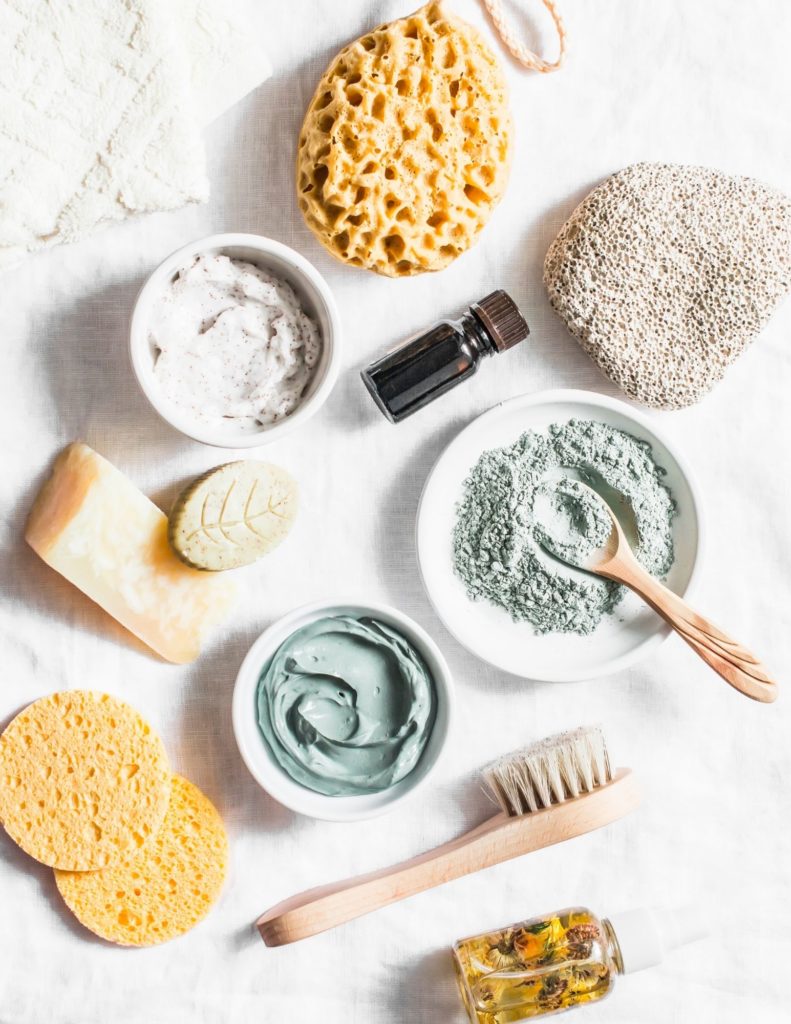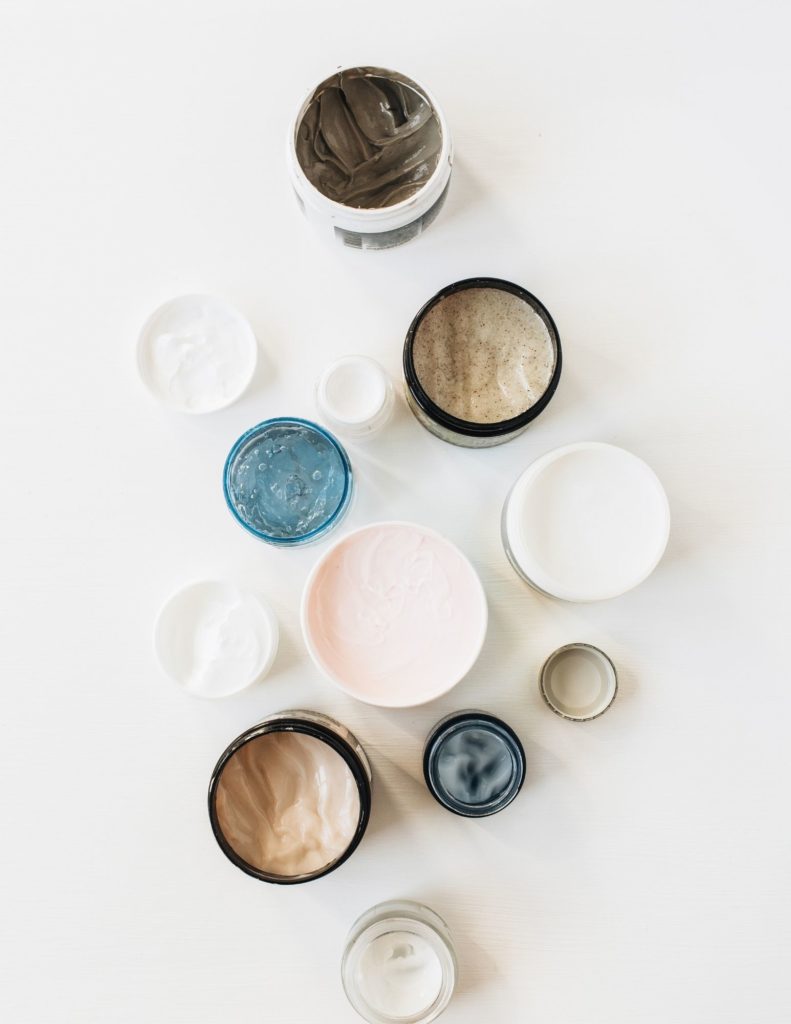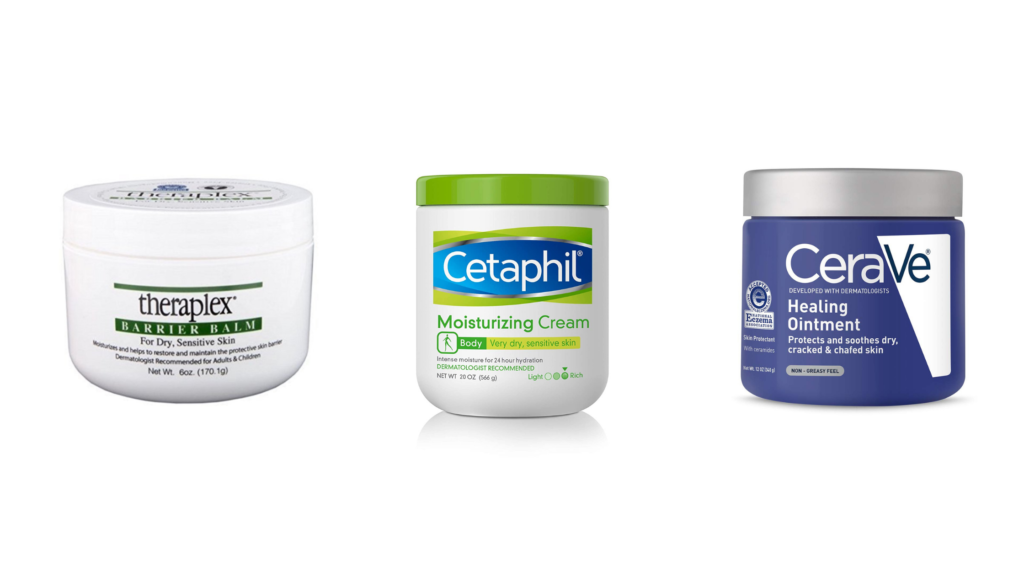
Having a diabetes skin care routine is very important and can possibly prevent many unwanted side effects related to your skin from diabetes.
Diabetes skin care is an often overlooked part of living with diabetes. But, when you’re living with diabetes you should pay attention to your skin and any impacts from the disease.
What skin problems does diabetes cause?
Elevated blood sugars overtime as a result of diabetes can lead to a number of different skin conditions and issues. And, if the medication you need to take requires an injection, you may notice skin changes from that as well. Some of these diabetes related skin conditions are listed below.
*This article is not intended to provide medical advice, diagnosis, opinion, treatment or services. This article and the links contained in it provide general information for educational purposes only. The information provided in this article is not a substitute for medical care. It should not be used in place of the advice of your physician or registered dietitian.*
Diabetes skin conditions
Diabetes (if not properly managed) can lead to several different skin conditions and issues and requires specific diabetes skin care recommendations.
- Dry skin
- Ashy legs and arms
- Skin tags
- Dry and cracked heels/feet
- Scarring
- Adhesive reactions
- Acanthosis nigricans
Diabetes and dry skin
Poorly managed blood sugars can lead to dry, itchy skin. And, unfortunately for a lot of people even well managed diabetes can go hand in hand with dry skin. Below, I’ll share my favorite moisturizing cream to use daily to help with diabetes dry skin.
Ashy legs and diabetes
Ashy skin is a term used to describe dry skin on darker skin tones. And, as we discussed above it results from dry or dehydrated skin.
Skin tags and diabetes
Skin tags are a growth on the skin anchored by a stalk like feature. By themselves, skin tags are harmless but several skin tags can indicate elevated insulin levels in the blood stream and may be a sign of type 2 diabetes.
Diabetes dry skin on feet
The dry skin we discussed above can also present on the feet and can lead to peeling skin on your heels, callouses, and dry cracked heals. The ointments and cream listed below can help with this. I prefer to use the CeraVe Healing Ointment at night time on my heels and then put socks on over it. Sleep with socks on to help the ointment really absorb into the skin.
Dry hands and diabetes
Again, diabetes can cause dry skin on the hands and arms as well. Dry skin on the hands can be especially concerning because it can be painful to do everyday movements.
Diabetes-related scarring
If you need to take an injectable medication, like insulin or another medication, you may experience scar tissue or bruising. Scar tissue can build up under the skin over time and cause medication to not be properly absorbed.
Adhesive reactions with diabetes
Any medical technology that is a wearable device comes with adhesive that must be applied to the skin. When these devices are removed, the adhesive can leave irritation and even bleeding on the skin.
I really like using the Theraplex Barrier Balm I discuss below, to prevent redness after removing a device that has adhesive residue.
Acanthosis nigricans and diabetes (darkening of the skin at neck, groin, and arm pits)
Acanthosis nigricans is a darkening of the skin on body creases… often in the armpits, neck, and groin. It can also lead to a thickening of the skin at those spots. There are multiple possible causes, one of which is type 2 diabetes.

How to prevent diabetes scars with good diabetes skin care
Proper pump site care can prevent diabetes scars, as can routinely checking your skin for rashes, lesions, or other irritated spots. Specific strategies for preventing diabetes scars include:
- Rotating injection, pump, or CGM sites
- Try to keep skin or affected areas clean and dry at all times
- Use a daily moisturizer to prevent dry skin
- Do not use products with perfumes or scents
- See your dermatologist regularly
Does diabetes cause acne?
While there is not a known direct link between diabetes and acne, some research does suggest that elevated insulin levels (as is characteristic of pre diabetes or undetected type 2 diabetes) may lead to increased androgen hormones which could in turn lead to acne.
Diabetes and early aging
And, unfortunately, yes, it’s also true that elevated blood sugars over time can lead to signs of early aging such as wrinkles, hair loss, and low skin elasticity. Yet another reason to discuss a diabetes skin care routine with your doctor and stick to it!
How do I keep my diabetes skin hydrated and healthy?
Using a daily moisturizing cream free of fragrances can really help keep skin hydrated and healthy. And, I’m actually not a fan of lotions and creams labeled specifically for people with diabetes. These creams and lotions are often the same as other products on the market, but are more expensive simply because they have the label “diabetes” on them… it’s really just a marketing trick when you look closer.
Below, I list some of my favorite creams and ointments for people with diabetes.
My favorite diabetes lotions, creams and ointments
Some of the links below are affiliate links. This means if you choose to purchase a product through the link provided, I will receive a small commission at no extra cost to you.

Dermatologists typically recommend creams and ointments for people with diabetes, not lotions. Creams and ointments usually do a better job at hydrating the skin. These three products are my top favorites. And, there are many other good products on the market as well, these just happen to be the ones I’ve chosen to use.
Best lotion for diabetes dry skin everyday
The Cetaphil Moisturizing Cream is great for everyday use. It can keep skin hydrated and healthy and is fragrance free.
Best lotion for diabetic itchy skin
If you are dealing with active issues of itchy skin, my two favorite products that I use are Theraplex Barrier Balm and CeraVe Healing Ointment. Both are great products and do a great job of hydrating and healing skin with regular use. (Obviously, if you’re dealing with active skin lesions or irritations, you should speak with your doctor to make sure a medicated ointment is not needed as well.) There are other great products on the market, but these are the two I have personally used and feel work well.
Now that we’ve covered diabetes related skin conditions, the importance of a diabetes skin care routine, and my favorite skin care products, I want to know what you think! Do you have any favorite moisturizers or tips for preventing diabetes related skin issues? Let us know in the comments!
Note: Some of the links in this post are affiliate links. This means I may earn a small commission at no extra cost to you if you decide to purchase.






3 Responses
Bandaids sticking to skin… how do you prevent?
I would consult your dermatologist for best individual recommendations.
Depends on where is needed I use gaze and Self Adhesive Bandage Wrap, Athletic Elastic Cohesive Bandage.